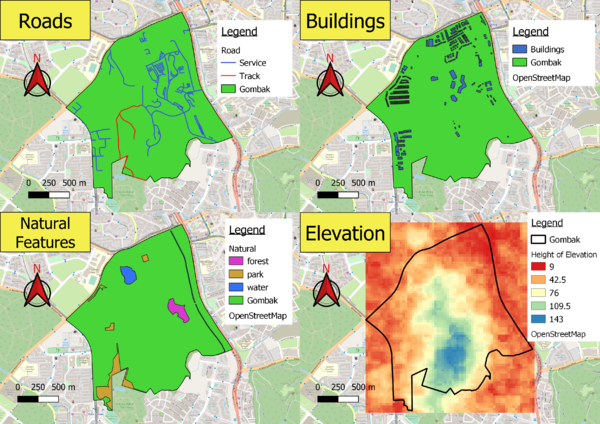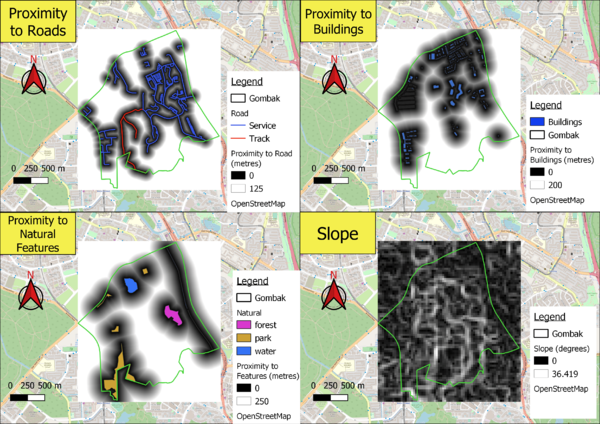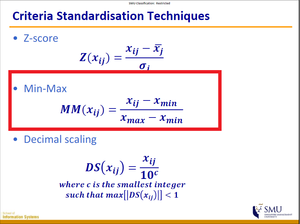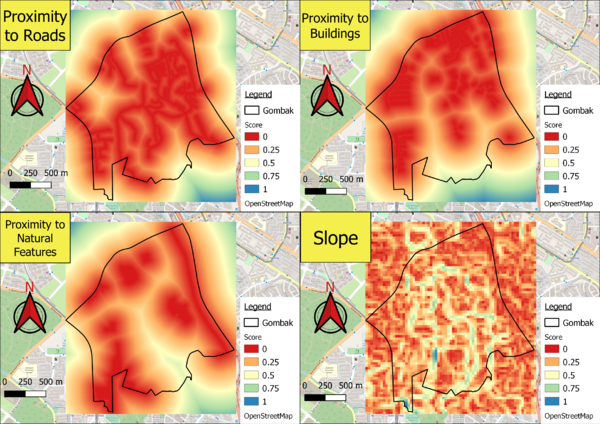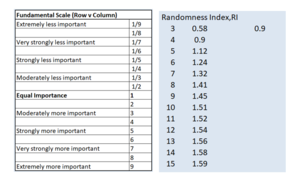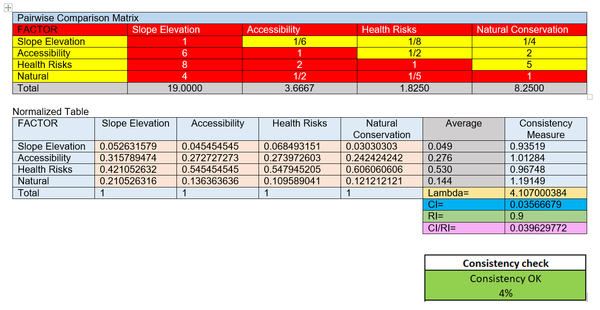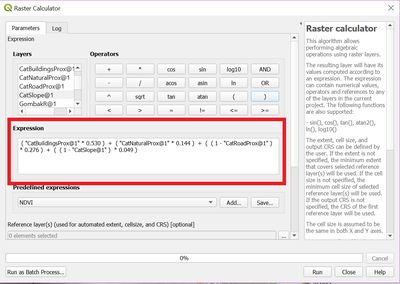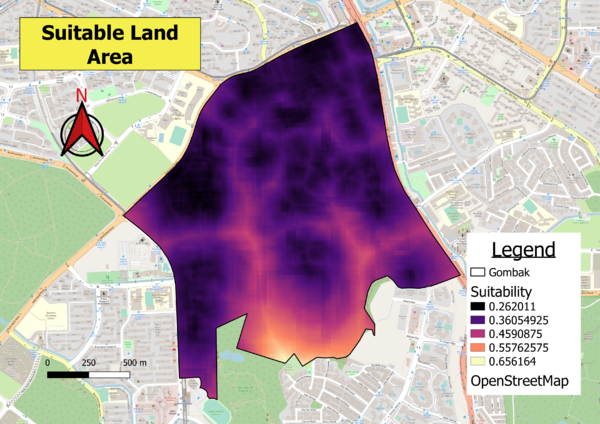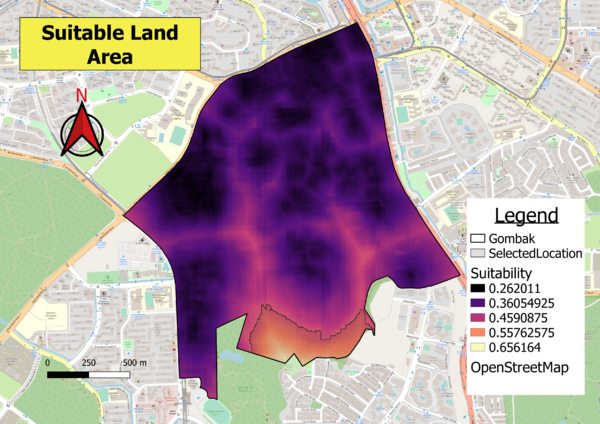SMT201 AY2019-20T1 EX2 Tan Hui Qin
Contents
The Objective
This study seeks to find a suitable area for building a national Communicable Disease Quarantine Centre in our target planning area, Gombak. The following factors will be considered and these are the methods I will be using to study them.
Accessibility Factor
The selected site should be close to existing local roads, namely: service roads and tracks. This is to ensure easy transportation of building materials during the construction stage. Hence, we will study the location of roads and map out the proximity maps with reference to the roads to identify areas closer to service roads and tracks.
Health Risk Factor
The selected site should be away from population i.e. housing areas and offices in order to avoid disease spreading to the nearby population. Hence, we will study the location of buildings and map out the proximity maps with reference to the buildings to identify areas further away from buildings.
Natural Conservation Factor
The selected site should be away from forested land, park and water. Hence, we will study the location of natural features and map out the proximity maps with reference to the natural features to identify areas further away from natural features.
Economic Factor
The selected site should avoid steep slope. This is because construction at steep slope tends to involve a lot of cut-and-fill and will lend to relatively higher development cost. Hence, we will study the slope and elevation of the our target land area to find the area with the gentlest slope so that construction costs can be minimized.
The Study Area
Roads
Since we only want to find out the accessibility of the Quarantine Centre from service roads and tracks, I classified the roads according to their type and kept only features that were classified under service and track. I used different colours to differentiate the type of roads. There are 186 features of service roads located around Gombak and 2 features of track roads located in the northern area of Gombak.
Buildings
Since the study of the location of buildings is to find out the proximity where humans will be from the selected location, I did not differentiate the different types of buildings on the map. This is because the type of buildings that are in Gombak are clinics, construction sites and residential etc., all of which have a significant human population existing within them. Hence, they can all be treated the same. The buildings are situated all around Gombak except for the Southern and South-Eastern parts of Gombak which has a lower density of buildings.
Natural Features
Natural features on the map were classified into forest, park and water and different colours were used to present the different polygons. There are 4 features of parks that are situated around the western and northern parts of Gombak. There are 3 features of water with one feature situated around northern Gombak while the other two are stretched along eastern Gombak. There is 1 forest feature in central Gombak.
Elevation
Using the ASTER Global Digital Elevation Model (GDEM) dataset jointly prepared by NASA and METI, Japan, I was able to rasterize and classify the height of elevation for Gombak. According to the map, the height of elevation is highest around southern and central Gombak and reduces as we move further away from the Gombak area.
The Factors
Proximity to Roads
By performing rasterization on the road map, I was able to perform a raster analysis to produce this map that shows the proximity of an area from the service and track roads in Gombak. The darker the area of the map, the closer it is to the roads shown on the map. This also means the darker the land area, the more accessible it will be for the new quarantine centre during construction. The maximum distance of a 5m by 5m land area that the proximity map shows is 125m away from a road, however the true maximum distance of a land area from a road is 743.3m.
Proximity of Buildings
Similarly, I performed raster analysis and produced the map that shows proximity of an area from buildings in Gombak. The darker the area of the map, the closer it is to the buildings shown on the map. This also means the darker the land area, the greater the health risks that will be exposed to humans if the new quarantine centre is to be built there. The maximum distance of a 5m by 5m land area that the proximity map shows is 200m away from a road, however the true maximum distance of a land area from a road is 838.5m.
Proximity to Natural Features
Similarly, I performed raster analysis and produced the map that shows proximity of an area from natural features in Gombak. The darker the area of the map, the closer it is to the natural features shown on the map. This also means the darker the land area, the greater the risk of contamination of natural features like waterbodies will occur if the new quarantine centre is to be built there. The maximum distance of a 5m by 5m land area that the proximity map shows is 250m away from a road, however the true maximum distance of a land area from a road is 863.7m.
Slope
Since the elevation map was already in raster form, there was no need to rasterize it. Instead, I did a slope analysis to find out the degree of elevation for the land area in Gombak. The legend of the map shows that the minimum and maximum steepness of the slope is 0 and 36.419 respectively with darker areas representing gentler slopes whiter areas representing steeper slopes. We can see that Gombak has a overall uneven surface land area. The land area of Gombak generally has gentler slopes.
Standardization
In order to make equal comparisons on how which land area is more suitable to build the quarantine centre, I used the raster calculator to standardize the criteria for each of the four factors using the min-max method as shown in the figure above. I chose the min max method as it gives an easily understandable output range of 0 - 1.
Proximity to Roads
After standardization, the legend has been changed to show a range from 0 - 1 of interval 0.25. The criteria here is proximity of land area from roads. Hence, the closer the land area is to the road, the closer the score is to 0 and vice versa.
Proximity to Buildings
Similarly, after standardization, the legend in this map has been changed to show a range from 0 - 1 of interval 0.25. the criteria here is proximity of land area from buildings. Hence, the closer the land area is to a building, the closer the score is to 0 and vice versa.
Proximity to Natural Features
After standardization, the legend in this map has been changed to show a range from 0 - 1 of interval 0.25. the criteria here is proximity of land area from natural features. Hence, the closer the land area is to a natural feature, the closer the score is to 0 and vice versa.
Slope
After standardization, the legend in this map has been changed to show a range from 0 - 1 of interval 0.25. the criteria here is degree of slope at every land area over the extent of Gombak. The gentler the slope of a land area, the closer the score is to 0 and vice versa.
AHP Analysis
Sometimes during evaluation, a certain criteria is more important or significant when making a decision. Different weights are then given to different criterias. Hence, the use of AHP analysis is useful in deriving a consistent weight for each criteria. Below is my AHP matrix and its results.
Matrix and calculations were derived from the AHP Template provided by SCB Associates found in the Excel-based AHP library.
I placed greatest significance in the Health Risk factor as I believe that since the facility is meant to isolate patients with contagious diseases, we should place the proximity of the human population above all else. Next, I put accessibility as the next most important criteria as felt that it is necessary for the quarantine centre to be close to roads not only for convenience during construction but also to allow patients to be quickly transported or deported out of the facility. I believe that with good practices natural features will not be contaminated easily. Additionally, having a quarantine centre is of national importance as it could possibly save the lives of the whole population during times of outbreak. Hence, economic factors like the elevation of the slope is least significant as high cost should not matter in the face of the nation's security.
My AHP analysis is rather reliable and consistent as can be seen by the low consistency check of 4% that is within the required standard of less than 10%.
Selected Location
After deriving the weights, I multiply the weights to their respective criteria using the standardized values that we had derived previously. I subtracted the proximity of the roads and product of the slope from 1 each, before multiplying them by their respective weights. This is because we want to find the areas that are closest to the roads and have gentler slopes but according to our standardized maps, higher values were given to areas further away from roads and with steeper slopes.
The map above shows the suitability of the land area in Gombak to build a quarantine centre based on the weighted criteria that we calculated above. The values in the map are the sum of of the product of each criteria and their respective weight. The darker the area is shown on the map, the less it fulfills the required criterias and hence the less suitable it is to build the quarantine centre.
Only the area in Southern Gombak that has been shaded as shown in the map above is suitable for building the quarantine centre. The colour of he land area is the lightest and furthest from the areas coloured in black. Additionally, it has a total area of 141,401 metre squares which is more than the 10,000 metre squares required by the quarantine centre. Hence, it shows that it has the highest suitability score value in the whole of Gomabak and has fulfilled the criterias required to build the quarantine centre the best.
